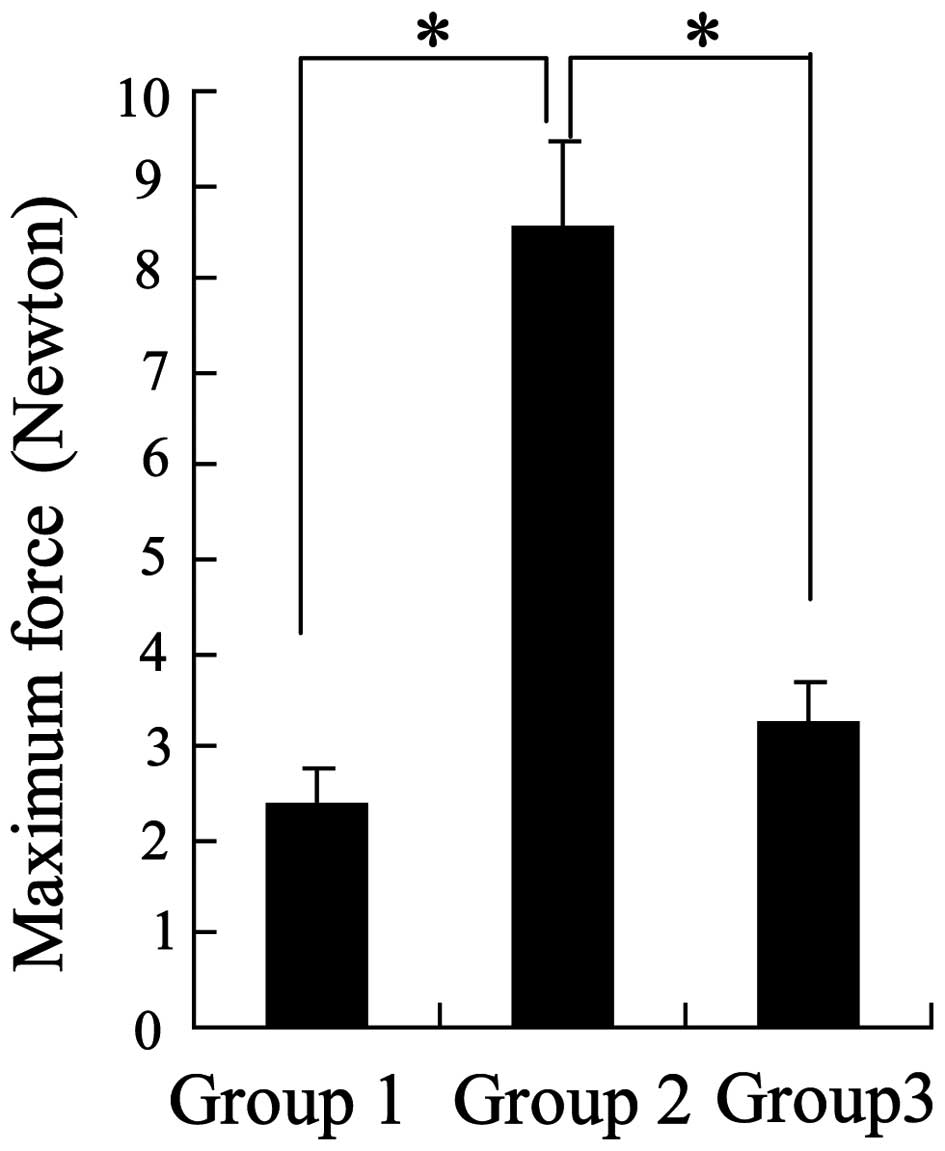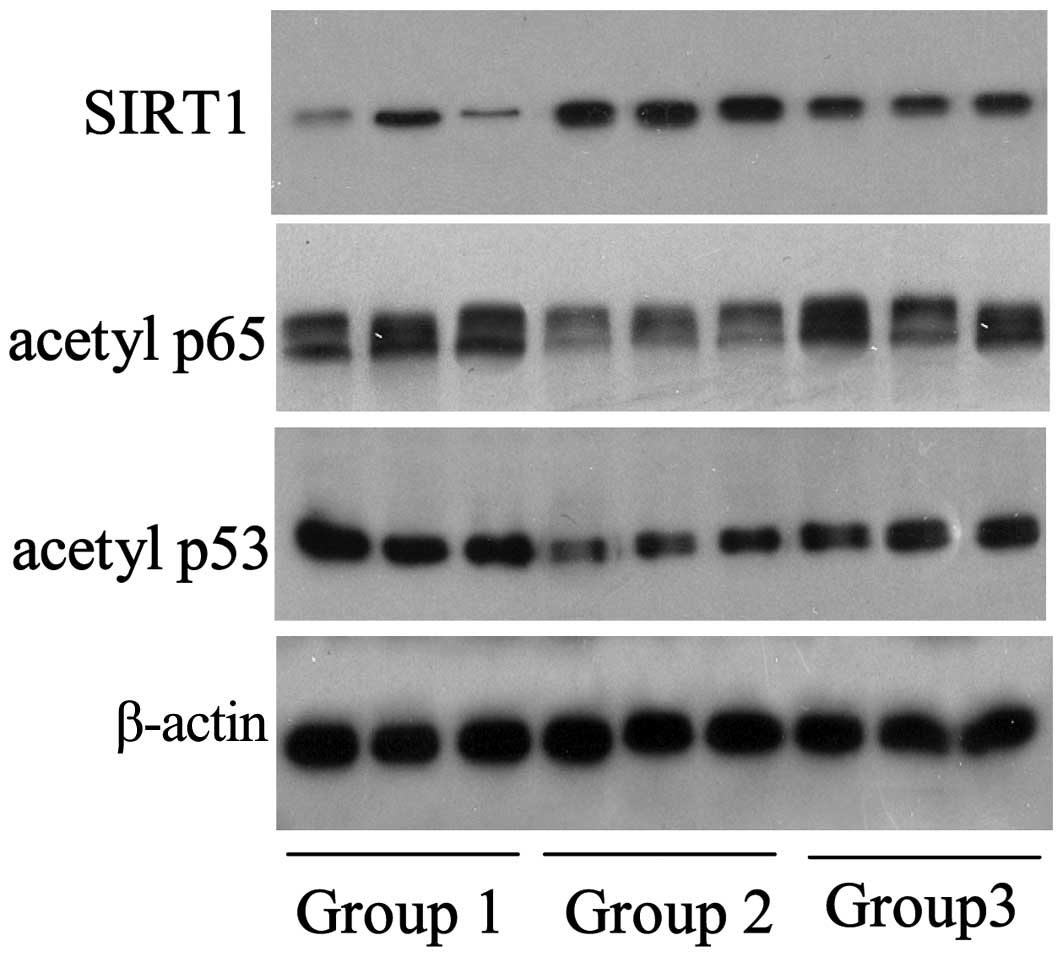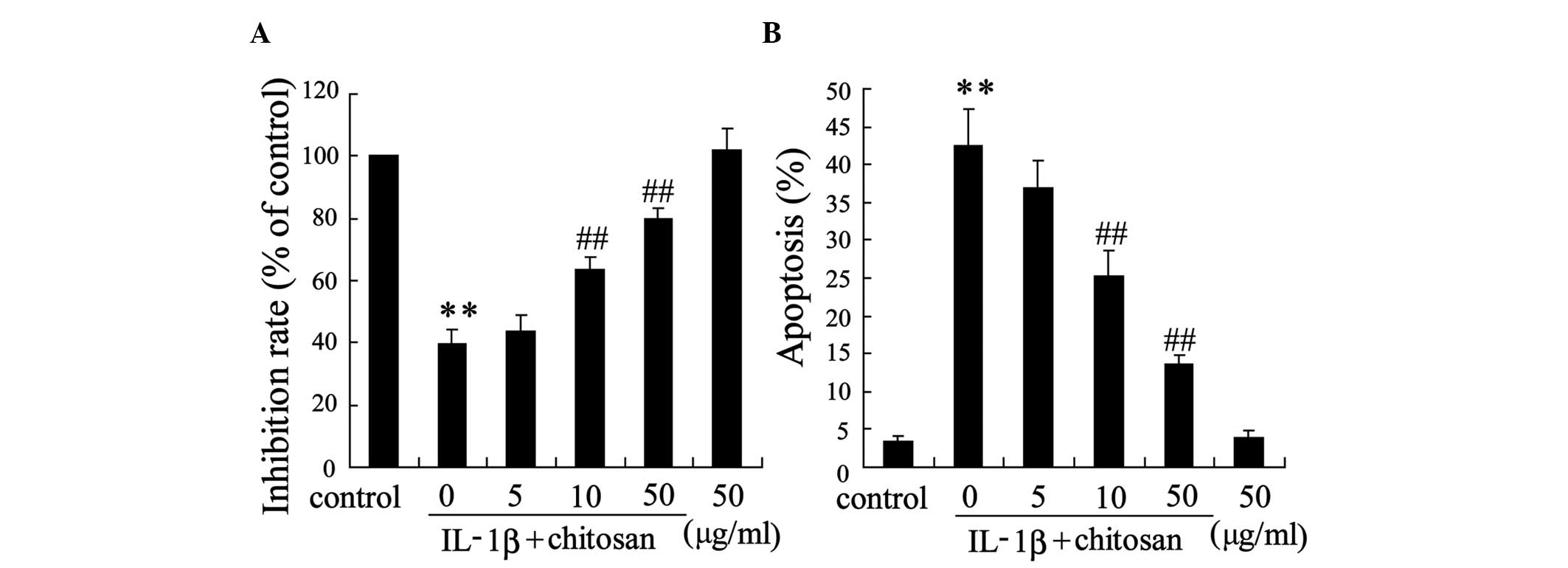|
1
|
Moshiri A and Oryan A: Structural and
functional modulation of early healing of full-thickness
superficial digital flexor tendon rupture in rabbits by repeated
subcutaneous administration of exogenous human recombinant basic
fibroblast growth factor. J Foot Ankle Surg. 50:654–662. 2011.
View Article : Google Scholar : PubMed/NCBI
|
|
2
|
Chalmers J: Review article: Treatment of
Achilles tendon ruptures. J Orthop Surg (Hong Kong). 8:97–99.
2000.
|
|
3
|
Peterson RK, Shelton WR and Bomboy AL:
Allograft versus autograft patellar tendon anterior cruciate
ligament reconstruction: A 5-year follow-up. Arthroscopy. 17:9–13.
2001. View Article : Google Scholar : PubMed/NCBI
|
|
4
|
Woo SL, Lee TQ and Abramowitch SD:
Structure and function of ligaments and tendons. Basic Orthopaedic
Biomechanics and Mechanobiology. Mow VC and Huiskes R: 3rd.
Lippincott Williams & Wilkins; Philadelphia: pp. 301–342.
2005
|
|
5
|
Kulick MI, Smith S and Hadler K: Oral
ibuprofen: Evaluation of its effect on peritendinous adhesions and
the breaking strength of a tenorrhaphy. J Hand Surg Am. 11:110–120.
1986. View Article : Google Scholar : PubMed/NCBI
|
|
6
|
Amiel D, Ishizue K, Billings E Jr, Wiig M,
Vande Berg J, Akeson WH and Gelberman R: Hyaluronan in flexor
tendon repair. J Hand Surg Am. 14:837–843. 1989. View Article : Google Scholar : PubMed/NCBI
|
|
7
|
Fujita M, Hukuda S and Dodia Y: The effect
of constant direct electrical current on intrinsic healing in the
flexor tendon in vitro. An ultrastructural study of differing
attitudes in epitenon cells and tenocytes. J Hand Surg Br.
17:94–98. 1992. View Article : Google Scholar : PubMed/NCBI
|
|
8
|
Turner SM, Powell ES and Ng CS: The effect
of ultrasound on the healing of repaired cockerel tendon: Is
collagen cross-linkage a factor? J Hand Surg Br. 14:428–433. 1989.
View Article : Google Scholar : PubMed/NCBI
|
|
9
|
Ishiyama N, Moro T, Ohe T, Miura T,
Ishihara K, Konno T, Ohyama T, Kimura M, Kyomoto M, Saito T,
Nakamura K and Kawaguchi H: Reduction of Peritendinous adhesions by
hydrogel containing biocompatible phospholipid polymer MPC for
tendon repair. J Bone Joint Surg Am. 93:142–149. 2011. View Article : Google Scholar : PubMed/NCBI
|
|
10
|
Liu Y, Skardal A, Shu XZ and Prestwich GD:
Prevention of peritendinous adhesions using a hyaluronan-derived
hydrogel film following partial-thickness flexor tendon injury. J
Orthop Res. 26:562–569. 2008. View Article : Google Scholar
|
|
11
|
Illum L: Chitosan and its use as a
pharmaceutical excipient. Pharm Res. 15:1326–1331. 1998. View Article : Google Scholar : PubMed/NCBI
|
|
12
|
Raafat D and Sahl HG: Chitosan and its
antimicrobial potential – a critical literature survey. Microb
Biotechnol. 2:186–201. 2009. View Article : Google Scholar : PubMed/NCBI
|
|
13
|
Kaats GR, Michalek JE and Preuss HG:
Evaluating efficacy of a chitosan product using a double-blinded,
placebo-controlled protocol. J Am Coll Nutr. 25:389–394. 2006.
View Article : Google Scholar : PubMed/NCBI
|
|
14
|
Zhang H, Sheng ZJ and Hou CL: Effect of
chitosan membrane on tendon adhesion and healing. Zhongguo Xiu Fu
Chong Jian Wai Ke Za Zhi. 13:382–385. 1999.In Chinese.
|
|
15
|
Majima T, Funakosi T, Iwasaki N, Yamane
ST, Harada K, Nonaka S, Minami A and Nishimura S: Alginate and
chitosan polyion complex hybrid fibers for scaffolds in ligament
and tendon tissue engineering. J Orthop Sci. 10:302–307. 2005.
View Article : Google Scholar : PubMed/NCBI
|
|
16
|
Xia CS, Hong GX, Dou RR and Yang XY:
Effects of chitosan on cell proliferation and collagen production
of tendon sheath fibroblasts, epitenon tenocytes, and endotenon
tenocytes. Chin J Traumatol. 8:369–374. 2005.PubMed/NCBI
|
|
17
|
Yeung F, Hoberg JE, Ramsey CS, Keller MD,
Jones DR, Frye RA and Mayo MW: Modulation of NF-kappaB-dependent
transcription and cell survival by the SIRT1 deacetylase. EMBO J.
23:2369–2380. 2004. View Article : Google Scholar : PubMed/NCBI
|
|
18
|
Busch F, Mobasheri A, Shayan P, Stahlmann
R and Shakibaei M: Sirt-1 is required for the inhibition of
apoptosis and inflammatory responses in human tenocytes. J Biol
Chem. 287:25770–25781. 2012. View Article : Google Scholar : PubMed/NCBI
|
|
19
|
Tang JB, Shi D and Zhang QG: Biomechanical
and histologic evaluation of tendon sheath management. J Hand Surg
Am. 21:900–908. 1996. View Article : Google Scholar : PubMed/NCBI
|
|
20
|
Sharma P and Maffulli N: Tendon injury and
tendinopathy: Healing and repair. J Bone Joint Surg Am. 87:187–202.
2005. View Article : Google Scholar : PubMed/NCBI
|
|
21
|
Khanna A, Gougoulias N and Maffulli N:
Modalities in prevention of flexor tendon adhesion in the hand:
what have we achieved so far? Acta Orthop Belg. 75:433–444.
2009.PubMed/NCBI
|
|
22
|
Gelberman RH, Manske PR, Vande Berg JS,
Lesker PA and Akeson WH: Flexor tendon repair in vitro: A
comparative histologic study of the rabbit, chicken, dog, and
monkey. J Orthop Res. 2:39–48. 1984. View Article : Google Scholar : PubMed/NCBI
|
|
23
|
Sharma P and Maffulli N: Biology of tendon
injury: Healing, modeling and remodeling. J Musculoskelet Neuronal
Interact. 6:181–190. 2006.PubMed/NCBI
|
|
24
|
Moutzouri AG and Athanassiou GM: Insights
into the alteration of osteoblast mechanical properties upon
adhesion on chitosan. Biomed Res Int. 2014:7407262014. View Article : Google Scholar : PubMed/NCBI
|
|
25
|
Tak PP, Gerlag DM, Aupperle KR, van de
Geest DA, Overbeek M, Bennett BL, Boyle DL, Manning AM and
Firestein GS: Inhibitor of nuclear factor kappaB kinase beta is a
key regulator of synovial inflammation. Arthritis Rheum.
44:1897–1907. 2001. View Article : Google Scholar : PubMed/NCBI
|
|
26
|
Ryan KM, Phillips AC and Vousden KH:
Regulation and function of the p53 tumor suppressor protein. Curr
Opin Cell Biol. 13:332–337. 2001. View Article : Google Scholar : PubMed/NCBI
|
|
27
|
Vogelstein B, Lane D and Levine AJ:
Surfing the p53 network. Nature. 408:307–310. 2000. View Article : Google Scholar : PubMed/NCBI
|
|
28
|
Sakaguchi K, Herrera JE, Saito S, Miki T,
Bustin M, Vassilev A, Anderson CW and Appella E: DNA damage
activates p53 through a phosphorylation-acetylation cascade. Genes
Dev. 12:2831–2841. 1998. View Article : Google Scholar : PubMed/NCBI
|














